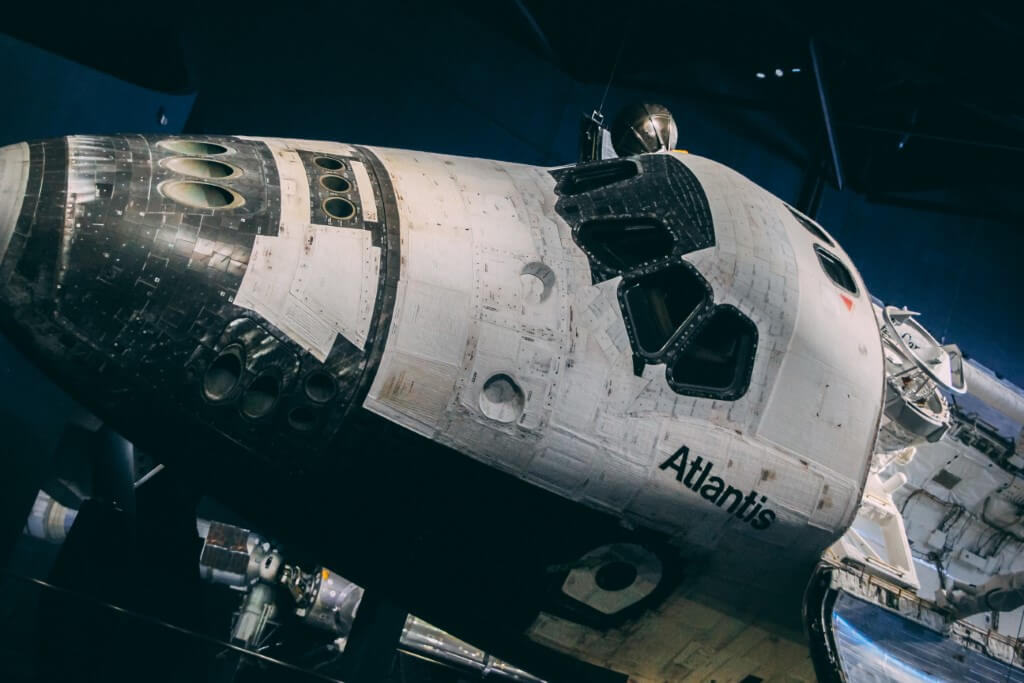
Commercial aviation is a feat of modern engineering, allowing millions of people to traverse the globe safely and efficiently every day. Yet, beneath the serene cabin environment and smooth flight experience lies a complex network of systems and technologies, all working in harmony to ensure the well-being of passengers and crew. At the heart of this intricate web are oxygen systems, which are integral to maintaining a safe and comfortable atmosphere in the cabin, even when cruising at high altitudes. In this comprehensive exploration, we will unravel the science behind aircraft pressurization and oxygen delivery, delving deep into the critical role these systems play in ensuring a seamless and secure journey.
Let’s begin our journey by understanding why pressurization is a non-negotiable aspect of commercial aviation. When an aircraft ascends to cruising altitudes, it soars into an environment where the atmospheric pressure plummets dramatically. At such heights, the air becomes too thin to sustain human life comfortably. Breathing becomes labored, and the lack of oxygen can quickly lead to hypoxia, a condition where the body is deprived of sufficient oxygen.
To counteract this natural challenge, commercial aircraft cabins are pressurized. This means that the cabin is maintained at a pressure equivalent to that found at approximately 7,000 feet above sea level. While this is still lower than the pressure at sea level, it provides a safe and breathable environment for passengers and crew. Crucially, this lower cabin pressure also serves to reduce the structural stress on the aircraft, contributing to its longevity and safety.
The primary goal of pressurization is to maintain a comfortable atmosphere inside the cabin. However, even with the most meticulous engineering and maintenance, there can be instances when the pressurization system falters. In such emergencies, passengers and crew rely on oxygen systems as a lifeline to ensure their continued well-being.
Oxygen masks, which are a familiar sight in the overhead compartments of every commercial aircraft, play a crucial role in these scenarios. These masks are not mere accessories but rather lifesaving devices, designed to be deployed when cabin pressurization fails, causing the cabin altitude to rise to unsafe levels. In such critical moments, oxygen masks are connected to either centralized gaseous cylinders or decentralized chemical oxygen generators, ensuring a continuous supply of life-sustaining oxygen.
The workings of oxygen masks may seem like a mystery to many passengers. Contrary to the perception of central oxygen tanks or individual pressurized tanks, most commercial aircraft rely on chemical oxygen generators for their oxygen masks. When a passenger pulls down a mask, it triggers a chemical reaction, typically involving sodium chlorate and iron powder. This chemical reaction generates oxygen for approximately 15 minutes, which is usually sufficient time for the aircraft to descend to a lower, safer altitude.
However, it’s important to note that this chemical reaction also produces heat and a distinct burning smell. While these sensations can be alarming, they are entirely normal and should not deter passengers from using the masks as instructed. In emergency situations, swift and calm action is of utmost importance.
While chemical oxygen generators are the most common solution for delivering emergency oxygen, some aircraft, such as the Boeing 787, employ a different approach—a decentralized gaseous system known as a pulse oxygen system. This innovative system utilizes small, high-pressure gas cylinders that provide pulses of oxygen upon inhalation. Unlike continuous flow systems, pulse oxygen systems do not require accumulator bags, ensuring efficient oxygen delivery to passengers and crew during emergencies.
The Outflow Valve
Ensuring a consistent and controlled cabin pressure is a complex task that relies on various components, one of which is the outflow valve. Located typically near the rear of the aircraft, the outflow valve is a pivotal element in maintaining the desired cabin pressure.
The outflow valve operates automatically, modulating cabin pressure by opening to release excess pressure and closing to allow pressure to build up. This dynamic process ensures a continuous exchange of air, keeping the cabin air fresh and clean. The precise regulation of cabin pressure is not only crucial for passenger comfort but also for their safety.
Building Aircraft to Withstand the Strain
Aircraft are marvels of engineering, meticulously designed to withstand the extreme conditions encountered during flight, including the differential pressures experienced at varying altitudes. The key to this structural integrity lies in careful design and a series of built-in safety features.
One essential safety feature is the inclusion of positive pressure relief valves. These valves serve as safeguards against cabin pressure becoming too high. If, for any reason, the cabin pressure exceeds safe levels, these valves open to release the excess pressure, preventing structural damage or discomfort to passengers and crew.
In the event of a rapid descent or a malfunction in the pressurization system, negative pressure relief doors come into play. These doors serve the crucial purpose of equalizing pressure between the interior of the aircraft and the external environment. Their swift action ensures that the aircraft remains stable and passengers are not subjected to undue stress.
Beyond specialized valves and doors, the very design of the aircraft’s structure plays a pivotal role in managing stress concentration and preventing structural failure. Rounded edges and corners are strategically incorporated into the aircraft’s design to distribute pressure more evenly, further enhancing safety during flight.
While pressurized cabins are essential for passenger safety, they can also have subtle effects on comfort and well-being. One notable consideration is the low humidity in the cabin air. This reduced humidity can lead to dehydration and a reduction in taste and smell sensitivity. However, these discomforts are relatively minor and can be mitigated with awareness and proper hydration throughout the flight.
Cabin Pressure Loss
In the exceedingly rare event of cabin pressure loss, passengers are faced with a situation where every second counts. At high altitudes, the time of useful consciousness is drastically reduced, leaving little room for hesitation. In such situations, donning oxygen masks immediately is not just a recommendation but a crucial step for survival.
In conclusion, aviation is a testament to human ingenuity and engineering prowess. The intricate web of oxygen systems, pressurization mechanisms, and safety features in aircraft is a testament to the unwavering commitment to passenger safety in the skies. Understanding the science behind these systems not only enhances our appreciation of the technology behind commercial air travel but also underscores the paramount importance of safety in aviation. As we continue to explore the world through air travel, we can rest assured that a multitude of systems and dedicated professionals are tirelessly working to ensure our journeys are as safe and comfortable as possible, even at 30,000 feet above the ground.
